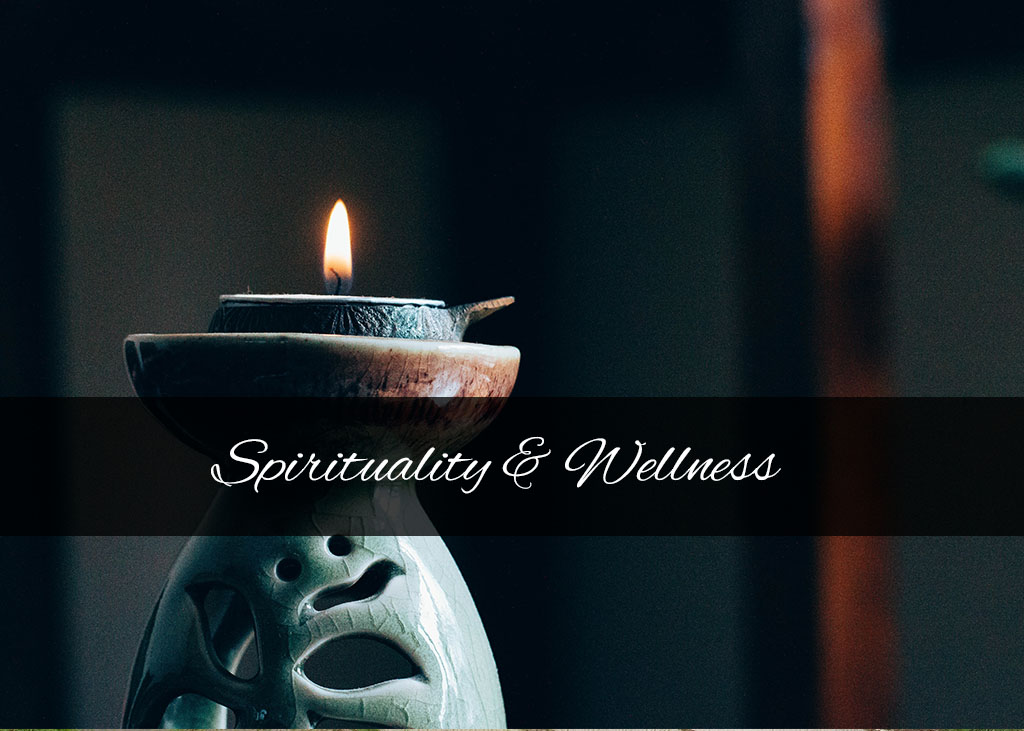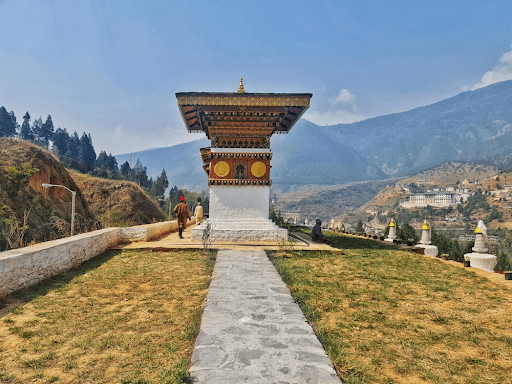Set away your worries and bring your sense of amazement and humor to this awe-inspiring region known as the Land of Thunder Dragon. Bhutanese traditional values, etiquettes, and spirituality coexist with development initiatives. Not to add, Bhutan’s enormous biodiversity and world-class environmental conservation are what make the country gorgeous and one of the world’s most popular tourist destinations. Gross National Happiness(GNH) is one of Bhutan’s conceptual approaches to guaranteeing the well-being of the country and its people. Bhutan’s fourth monarch designed it with the objective of balancing economic growth with cultural and environmental preservation in mind. In contrast to GDP, GNH stresses on citizen well-being, prosperity, and quality of life over economic development.
Bhutan boasts a plethora of activities offered to those looking for a haven of solitude, rest, and rehabilitation. Whether it’s a session of calm, thoughtful meditation, a soothing dip in a mineral hot spring bath, or the all-natural treatments of our traditional medicine, Bhutan offers everything you need to revitalize and rejuvenate your body and spirit. Our various meditation and meditation retreats will offer you with a space to unwind from the concerns and stresses of regular life. Many visitors from Thailand and other Buddhist nations travel to Bhutan particularly for meditation and retreat vacations. In addition, most hotels provide yoga classes, meditations and retreats facilities on-site.
Sense of spirituality
The Great Buddha Dordenma was built in Kuensel Phodrang, Thimphu.
Bhutan is well-known for its historic monasteries, spiritual holy places, majestic castles, and pristine mountains and landscapes. The ideal approach to begin your spiritual vacations in Bhutan is to visit the famous Taktsang Palphug Monastery, also known as Tiger’s Nest, a holy site of prayer located in the cliff of the picturesque Paro Valley. Gyalse Tenzin Rabgye erected this temple complex in Bhutan around the cave where the Divine Sage Padmasambhava worshiped in 1962. According to legend, the sage worshiped in the cave for three years, three months, three weeks, three days, and three hours during the eighth century. Furthermore, Padmasambhava is credited with introducing Buddhism to Bhutan and is so revered by people all over the world.
Chimi Lhakhang in Punakha- the more revitalizing this Fertility Temple may appear to you, the more intriguing the individual who built a chorten here. Drukpa Kunley, also known as the “Divine Madman” by some and the “Mad Saint” by others, was famed for his out-of-the-box approach to teaching Buddhism, in which he employed comedy, singing, and terrible behavior with sexual connotations, which generally came as a surprise to many. Later that year, in 1499, the 14th Drukpa Hierarch, Ngawang Chogyal, erected the monastery around a hill near Lobesa.
Meditation
Gangtey Monastery: A popular centre of Buddhism and a meditation retreat in the Kingdom
Meditation and retreats centres are popular practice among Monks and Buddhist practitioners in Bhutan, one of the remaining strongholds of Vajrayana Buddhism. Small retreat centers and hermitages may be found across the nation, typically near temples, monasteries, and monastic institutions.
Bhutan attracts a large number of tourists who come for meditation and retreat trips. Some itineraries include intensive meditation programs that continue for days, while others provide brief solitary retreats in high hills and temples where the peace and beauty of nature may be experienced in complete quiet.
Taktsang Monastery in Paro, popularly known as the “Tiger’s Nest,” is a must-see attraction. The journey up to the viewpoint will take around one and a half hours, and from there you will get a beautiful view of the monastery clinging to the edge of the cliff. Meditation may be done in Tiger Nest Temple as you get to the Nest, the monk will teach you how to meditate.
Hot springs water
The Duenmang Tshachu is situated on the banks of river Mangde chu
In Bhutan, hot springs are called Tshachu, mineral water is called Drubchu, and medicinal water is called Smenchu. People believe that the Tshachu, Drubchu, and Smenchu are Buddha’s blessings, therefore the hot springs are typically located in religious places across the country. Not only are the hot springs a tourist attraction, but the water is also utilized for hot spring therapy in Bhutan. Bhutanese people take their healing practices very seriously and may occasionally set up camps in various areas across the country during the winter. The water in these hot springs includes dissolved minerals that have high therapeutic value and may work miracles on the skin and body.
The Gasa Tshachu, or Gasa hot springs, are very renowned across Bhutan for its therapeutic qualities. The hot springs are said to treat arthritis, skin disorders, ulcers, rheumatism, dyspepsia, tuberculosis, and other illnesses. The Dhur Tshachu is a hiker’s dream. Numerous excursions to this lovely location are organized by tour operators, where you may rest and treat body pains after a strenuous climb. The Gelephu Tshachu is mostly visited by locals, but it also attracts people from all over the world. Aside from bathing in the hot springs, one may also experience Menchu, or the Hot Stone Bath, an ancient Bhutanese treatment. You may also take a ride on ponies and mules to reach your destination.
Yoga in Bhutan
A Bhutanese yoga practitioner at Taktsang Monastery, Paro.
Bhutan’s spirituality lends itself well to yoga. Bhutan is the ideal destination to start your path to healing and enlightenment. With consistent yoga practice during your vacation, you will undoubtedly return home rejuvenated and calm, with all the cares of your normal life thousands of miles gone. Allow yourself to be swept away by the experience of yoga retreats in Bhutan.
Visit Thimphu’s fortress, where the flag ceremony takes place, and Tashichho Dzong, which houses the king’s throne. Yoga will be taught from 6 p.m. to 7 p.m. by an excellent yoga woman from Thimphu or you have other places like Evening yoga at Neru Wangchuck center at Thimphu.
The Gangtey Nature Trail is home to the Black Necked Crane, which migrates from Tibet in November and returns in mid-March- en way, perform Yoga with the sound of birds while taking a short walk through the Gangtey Nature Trail- . The secluded Phobjikha valley in Gangtey is a wonderful spot for day treks as well.
Bhutan is fully conscious of the components of Earth and Space. They are within everyone of us, waiting to be awakened in our modern-day consciousness. You will find an inner spaciousness and freedom from this foundation – You will recover your energies, discover newfound clarity, and experience greater lightness and inspiration as you leave our Himalayan kingdom after having had one of the finest experiences of your life.
Book your tickets and let https://www.drukheritage.com/ take care of your special journey to the last-shangri la.








Comments are closed